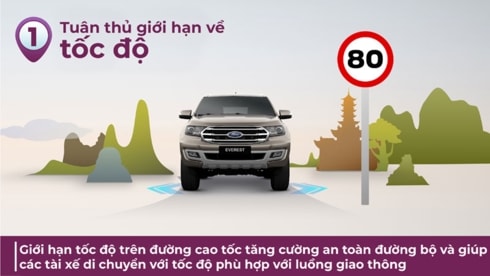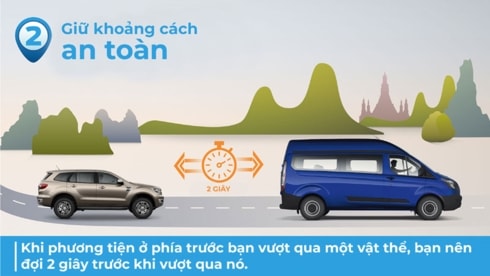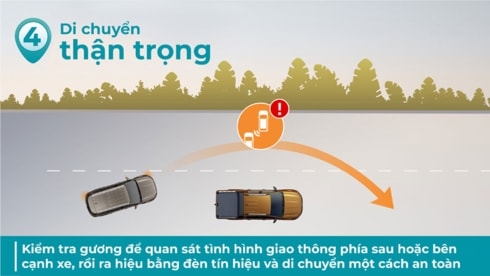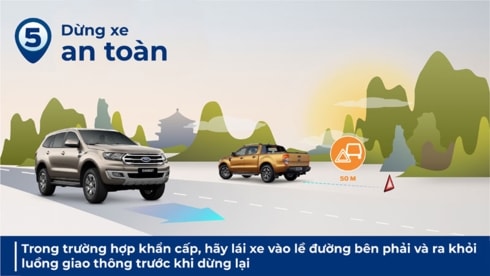5 tips to help you drive safely on the highway
Below are some methods to help drivers have safer and more confident journeys when traveling at high speeds on the highway.
Asia has seen tremendous economic growth in recent years, leading to rapid infrastructure development across the region. This has also meant that drivers accustomed to cramped roads are now able to travel at higher speeds on newly built highways.
However, driver training has not kept up with the changes taking place, and many drivers are still not fully in control of their vehicles on the highway.
Below are some methods to help drivers have safer and more confident journeys when traveling at high speeds on the highway.
Obey speed limits
|
Keep a safe distance
|
If the car in front passes an object (e.g. a tree), you should wait 2-3 seconds before passing it. Modern cars are equipped with advanced technology such as: Anti-lock Braking System (ABS) and Electronic Stability Program (ESP) which can assist in emergency braking and steering at the same time.
However, we should still maintain a reasonable distance to give ourselves time and space to react. You can also take advantage of the features of driver assistance technology (DAT) such as: Adaptive cruise control (ACC) helps maintain a certain distance from the car in front when traveling on the highway.
Focus on observation
|
Move with caution
|
Drivers should also turn around and check their blind spots (areas that cannot be seen through mirrors) to avoid collisions. Some Ford vehicles are equipped with a Blind Spot Information System (BLIS) that can help detect and notify drivers of vehicles that may enter the blind spot area.
Stop safely
|
However, in case of an emergency such as a vehicle problem, try to pull over to the right side of the road and out of the traffic before stopping. Turn on your emergency stop lights and place a hazard warning sign about 50m behind your vehicle to warn the vehicles behind you. Also, always keep a contact list in your car that includes the phone numbers of emergency services or your local Automobile Association so that you can call for help if necessary.
With more and more highways being built across Asia, it is becoming more important to have the necessary skills and know how to handle highways. Highways can be a different challenge than driving in the city, but it doesn’t have to be a scary experience if you follow the tips above and practice safe driving habits./.





